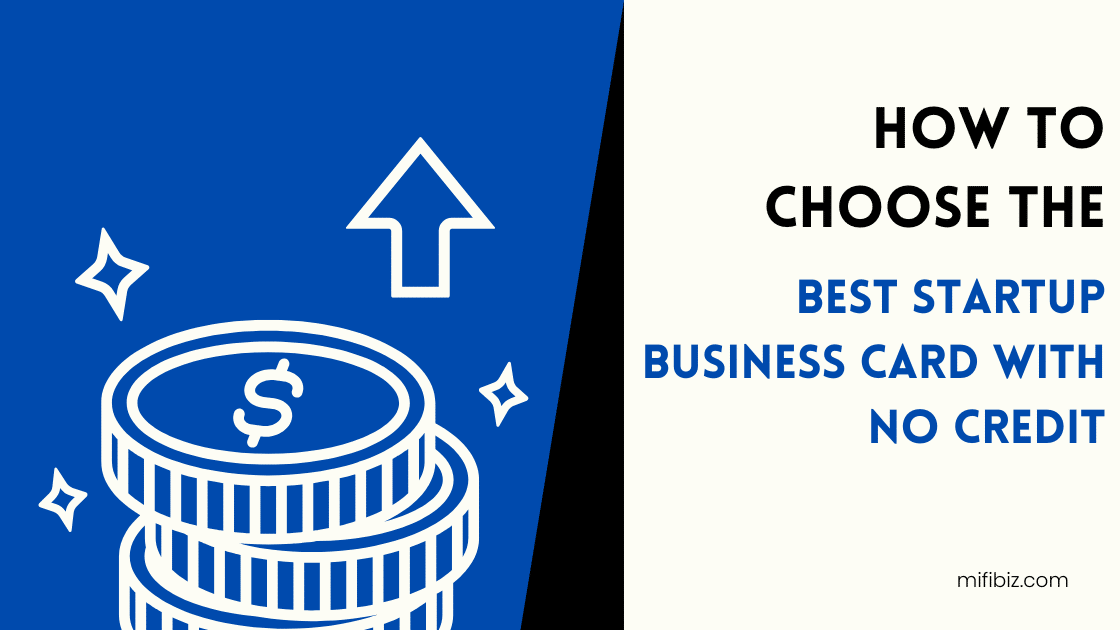Market Dominance is a game of intelligence in which only the smartest can survive. Analyzing a competitor’s strategy is one of the best ways to do this. All you need is to play your cards right and watch your business reach its target audience with ease.
Understanding Competitors Analysis
Competitor analysis, a powerful tool in the marketing arsenal, is the process of gathering information about your market competitors. This strategic approach not only helps you understand the marketing landscape but also enables you to make informed decisions that can position you as a leader in the industry.
What Is The Importance Of Analyzing Competitor’s Strategies?
The importance of analyzing competitors’ strategies cannot be overemphasized; it is an essential tool for every business that thrives to survive in the competitive marketing industry; conducting a regular competitor analysis can:
- Give a deeper understanding of the marketing industry
- Help you compare your results with the performance of your market competitors
- It also helps you identify the loopholes in your strategies to make corrections and get better results
- Develop tactics and strategies that better promote the uniqueness and value of your brand
- It helps you consistently stay on top of the marketing industry, giving you an edge over your competitors.
What are the essentials when analyzing Competitors’ strategies?
When analyzing competitors’ strategies for market dominance, you must consider certain essential factors. These factors depend significantly on your industry and the goals you have set for the brand.
Take, for example, an online fashion store that would want to see what products its competitors sell. Still, they don’t, but a service-providing company will be more interested in the features of its competitors and comparing their pricing strategies. However, there’s an all-size factor that cuts across the board irrespective of your brand or service rendered.
- Features of the product of the brand
- Target audience
- Pricing
- Differentiators
- Marketing
- Strength and Weaknesses
Features or Product Of The Brand
The first stage of analyzing competitors’ strategies is to compare your features or Product to those of your competitors and note what makes you stand out or fall behind in the industry.
An event planning company would want to compare features such as
- Advertising methods
- Customers
- Partnership program
- Size of the business
- Profit
This will help the company get a clear view of what its competitors are doing differently and why
Target Audience
Your target audience is the set of people you want your product or service to reach. When analyzing competitors’ strategies, you need to know the set of people your competitors are targeting or trying to reach. What distinguishes their target audience from yours? Is it their needs, behaviors, preferences, or pains? This would go a long way in placing you above your competitors.
Pricing
This is the total sum of money that you charge for your products and services. Using your competitor’s pricing strategies is an essential consideration in a competitive analysis. However, you need to make sure that you are not undercharging your customers to the detriment of you and your business.
Differentiators
Differentiators are the secret sauce that makes your brand unique and stand out from the others. Identifying these unique aspects and understanding how your customers perceive them is a strategic advantage. It’s like finding a hidden treasure that can be used to communicate the value of your brand to your customers. This process of discovery and communication can inspire and motivate you to take your brand to new heights.
Marketing
This is the process of promoting your products and services to reach your target audience, comparing the marketing strategies of your competitors, and brainstorming on how you can improve yours to increase your visibility, brand awareness, and sales conversion. You might want to consider channels such as Websites, email marketing, and social media.
Strength And Weakness
Simply put, the SWOT analysis is an essential tool in identifying your strengths and weaknesses as well as analyzing the strengths and weaknesses of your competitors. Strengths are the distinct aspects of your products that give you an edge advantage over your competitors. It could be your location, your mode of operations, price e.t.c
On the other hand, weaknesses are aspects of your business that set you at a disadvantage over your competitors. List the weaknesses, analyze how they affect your business, and work on improving them. They might be customer service, pricing, user experience, or content.
Read Also:
- How Build Relationships with your Competitors
- Small business vs Startups: Are You Seeking Stability or Disruption
How To Effectively Analyze Competitor’s Strategies For Market Dominance
Here is a step-by-step walkthrough for analyzing competitors’ strategies using a competitive analysis template.
Identity Your Competitors
Before you begin your analysis, the first thing to do is identify your competitors and write a list of competitors you are analyzing, this gives you a blueprint on who and what to focus on throughout your analysis. To find your key competitors, you need to focus on three major areas which are:
- Organic search
- Your industry
- Paid Search
Identity Your Organic Competitors
Your organic competitors are brands that use the same SEO words as your brand. These depend on the kind of business or service you provide. Some might not be into the kind of business you do, but they compete with you on search results displayed on Google.
Identity Your Industry Competitors
Your Industry Competitors are the companies that sell similar businesses or provide similar services as yours, you should focus on direct or primary competitors, that is, brands that fit in your business size and level. Here are a few steps to identify direct competitors:
- Market Research: This is where you study the market to discover companies who sell the same product as you, then find out which company often comes high in sales.
- Customer Feedback: Once your customers pick your product, ask them what other services or products they are considering. This way, you can easily identify closely related companies.
- Social Media Communities: Many times, people seek information on social media sites such as Reddit and Quora Digest, you can investigate consumer conversations to identify potential competitors.
Analyze Your Paid Search Competitors
These are the businesses that pay for the target keywords you are using, as well as ads that pop up users depending on factors such as location, device, or content of the search. A tool like advertising research can help you identify your paid search competitors and how paid ads work.
Create Competitors Profile
Creating a competitor’s profile helps you note important details about each one, including their market share and audience demographic.
- Market Share: the total percentage of the company sales or the total revenue. Popular companies are required to report their earnings every quarter of the year, so you can get information by searching the company name on the Internet.
- Audience Demographics: The audience demographic tells you who the company’s audience is, but the market share only tells you how much influence the competitor has over the audience. A good understanding of audience Demographics will help you relate to your customers and create products that align with their needs.
To round up competitors’ profiles, information obtained from market share and audience demographics would be filled into the profile, this would help you build a more effective competitive marketing strategy.
Analyze Your Competitor’s Products, Pricing, Place, and Promotions
These are the four major Ps of Marketing. You should do this after you have an insight into how the company works.
- Product: This is the importance of the product and how it meets the needs of the users, here are things you should look out for:
○ The company’s most popular products
○ The target audience for the product
○ What problems do the popular products solve?
- Price: Pricing is how much the product costs; it is the amount that is charged for the product or service. Here are a few things to analyze from your competitor’s pricing:
○ How does the product pricing measure up to other comparable products?
○ Do the competitor companies frequently run sales, give discounts, or give special offers?
If you discover that your competitors offer lower pricing for the same product, you might need to change your pricing strategies, but you should still ensure that you’re making a profit.
- Place: This is where the product is available or where the service is offered, whether in an online store or physical walk-in store. You might want to check:
○ Where is the most convenient place for your target audience to shop?
○ What is the most effective distribution channel to reach your target audience?
- Promotion: This is how products are advertised or marketed to the target audience, advertising channels and brand awareness are important in this section. Here is what to analyze:
○ Which of your competitors’ advertising channels generates more traffic? (Social media, paid, referral, direct, or organic)
○ What advertising strategy do they use?
Evaluate Competitor’s Marketing Strategy
This is one of the best ways to evaluate your competitor’s marketing efforts is to browse their business websites, you might want to pay attention to;
- The number of keywords that drive traffic to their sites
- The total monthly traffic from paid adverts
You should also check if they have FAQ sections if they display featured articles, or if they make use of visual content like cartoons or infographics. Pay attention to the relevant tips and incorporate some into your business strategy.
Analyze Competitor’s Marketing Channel
There is a need to know how your competitors reach most of their target audience, the essence of this process is to know which marketing channel is most effective. The Marketing Channel is divided into categories:
- Referral: When a user clicks from another site or recommended by another user
- Direct: When a user enters the URL into the browser
- Organic: When a user visits from a social media post
- Email: When a user visits from an email link
- Paid Display Ads: When a user visits from a paid advert or link from another website.
Try to know which channel drives more traffic to know if you need to make any changes or improvements
Identity Your Business Strength, Weakness, Opportunity, and Threats
Subsequently, after you have analyzed competitors’ strategies, you turn your discoveries into actions by using the SWOT analysis. SWOT stands for Strength, Weakness, Opportunity, and Threats. Attached is a well-detailed process for conducting the SWOT analysis.
Once you have done all these, you need to track and monitor your results to determine how effective your analysis is or if you need to try again. Competitors’ Strategies should be done every month or at least every quarter of the year.






